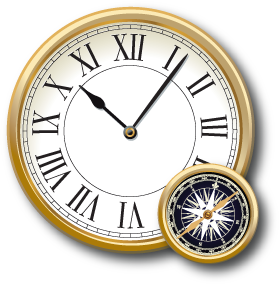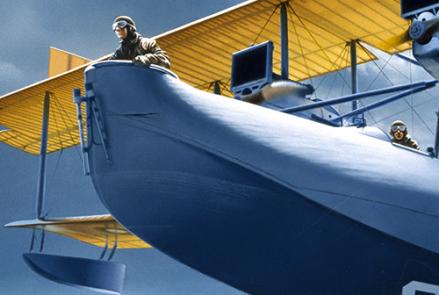Aviators have used the same three basic types of navigation from World War I to the present day.
Dead reckoning is the simplest means of navigating but the least accurate over long distances. Radio navigation became the main method of navigation because of its precision and ease of use. Before global radio navigation systems, celestial navigation was preferred, but it is now only rarely used.
“Precise navigation of long-range aircraft requires careful coordination of all three methods of navigation: celestial for position fixes, dead reckoning for flight between the fixes, and radio direction finding for getting into the airport on the nose and for radio bearings when the sky is not visible.” – Harry Connor, navigator on Howard Hughes’ 1938 around-the-world flight
What Is Avigation?
Many air navigation pioneers wanted to distinguish themselves from sea navigators. One way they tried to do so was to call air navigation “avigation” and air navigators “avigators.” It did not catch on.









